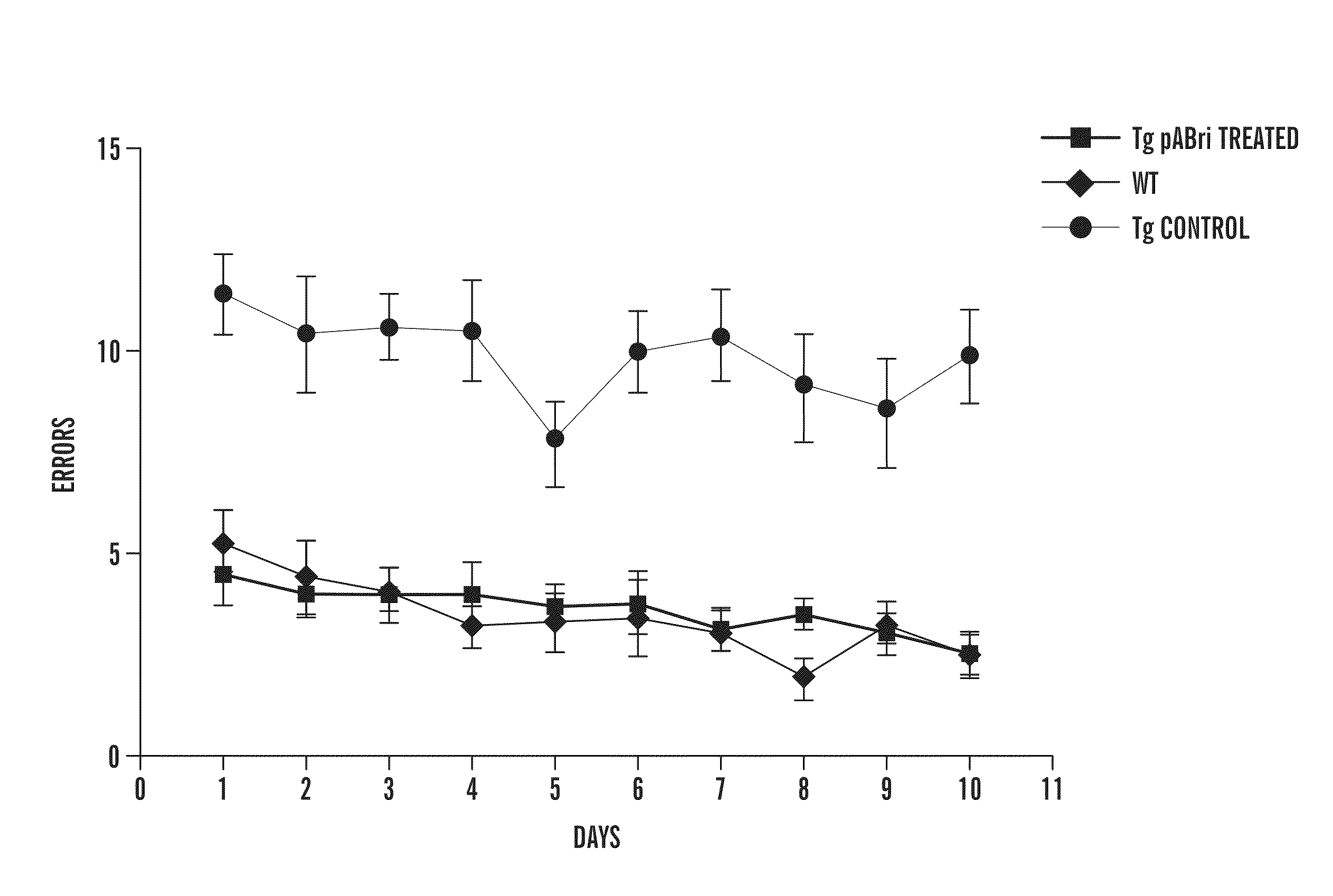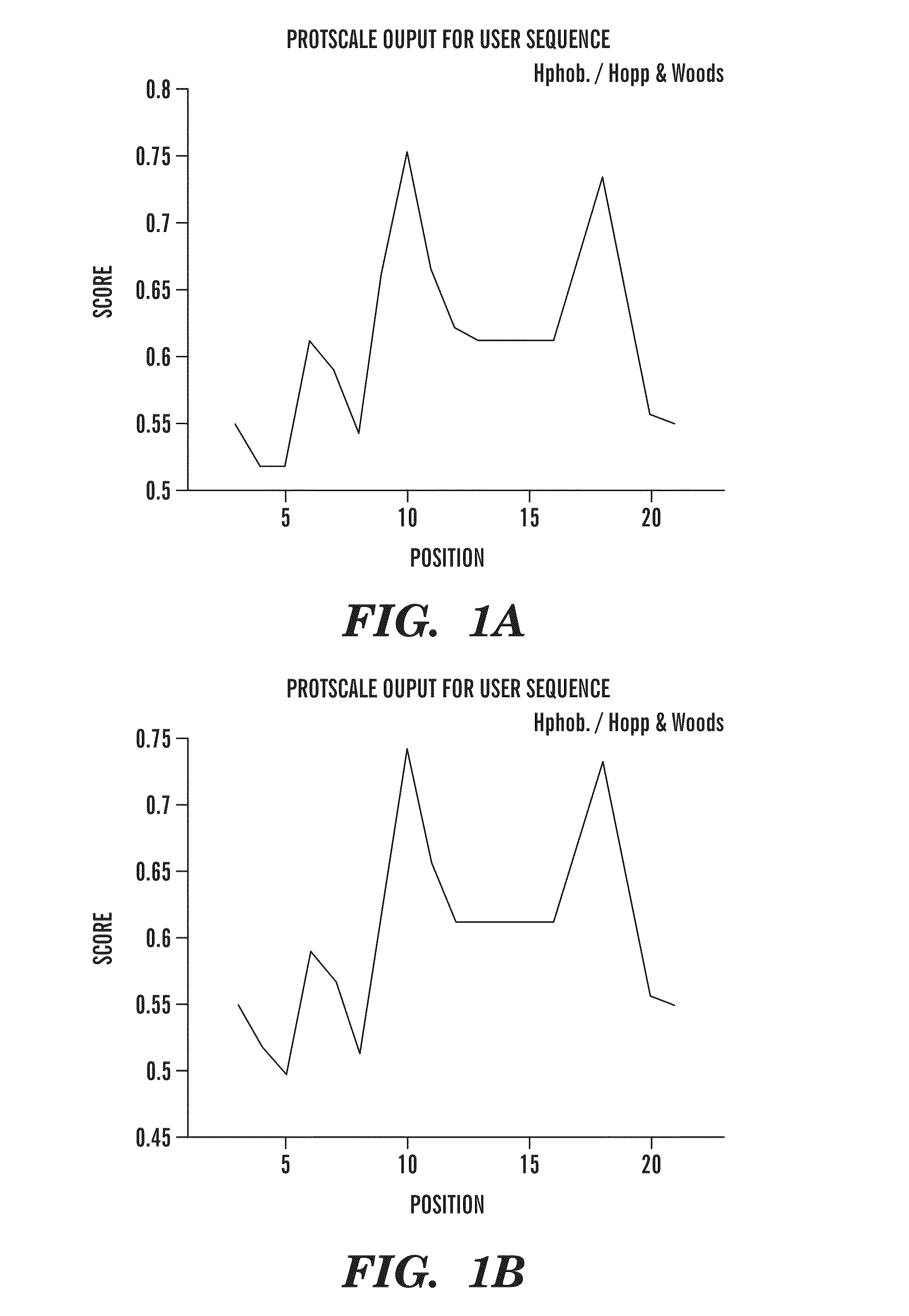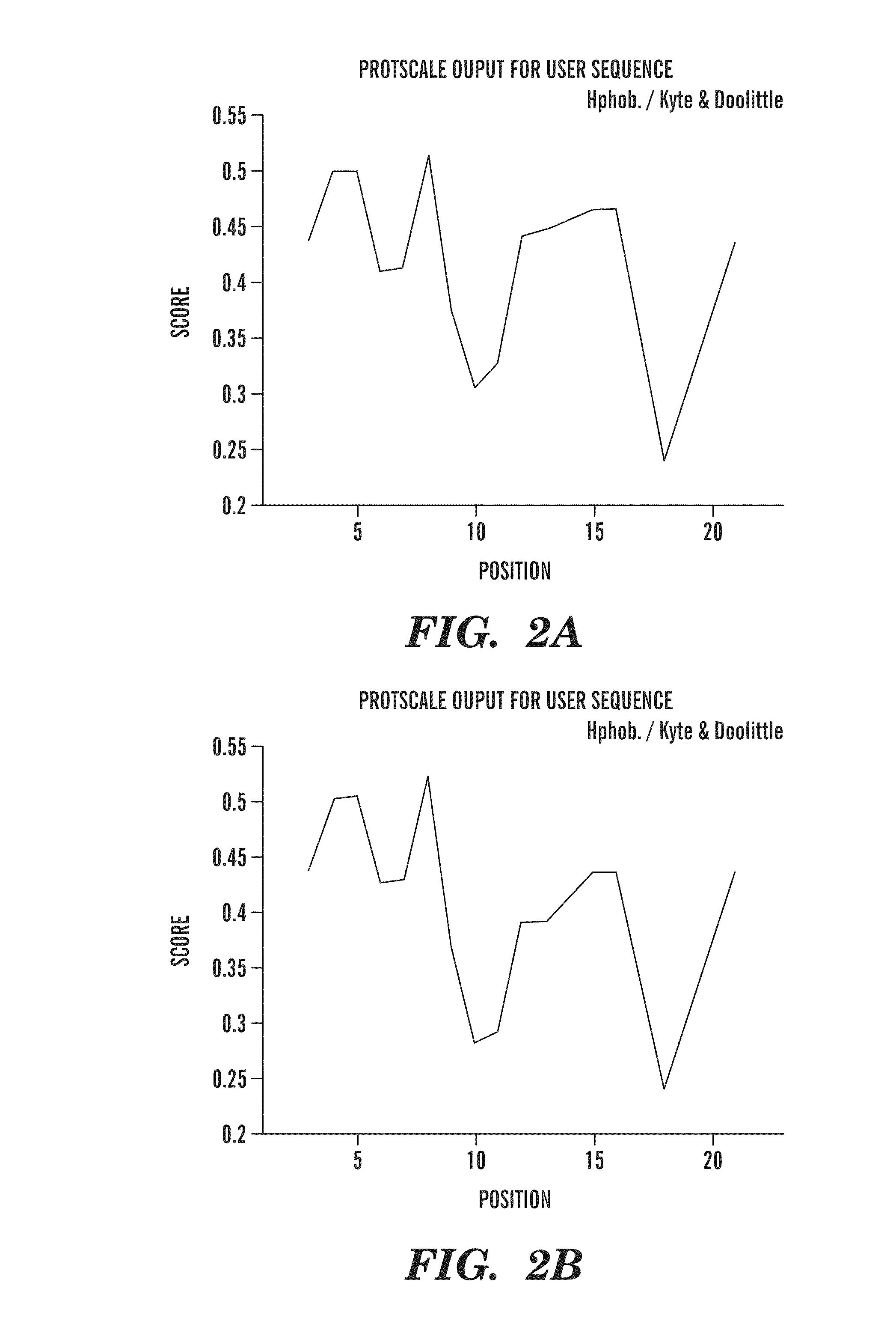Immunotherapy targeting of the shared abnormal conformational state of amyloidogenic peptides/proteins
a technology of amyloidogenic peptides and amyloid-related diseases, which is applied in the direction of peptide/protein ingredients, fusion polypeptides, depsipeptides, etc., can solve the problems of no effective therapy no effective treatment for any of these disorders, and accompanied by major obstacles, so as to prevent and treat amyloid-related diseases, the effect of effective immunotherapy
- Summary
- Abstract
- Description
- Claims
- Application Information
AI Technical Summary
Benefits of technology
Problems solved by technology
Method used
Image
Examples
example 1
Synthesis of Peptide
[0137]The 13 amino acid residue peptide corresponding to the carboxyl terminus of ABri (Cys-Ser-Arg-Thr-Val-Lys-Lys-Asn-Ile-Ile-Glu-Glu-Asn) (SEQ ID NO:2) was synthesized on an ABI 430A peptide synthesizer (AME Bioscience, Chicago, Ill.) at the Keck peptide synthesis facility at Yale University, CT, using a Vydac C18 preparative column, 2.5×30 cm (Vydac Separations, Hesperia, Calif.). Standard protocols for tBOC (tert-butyloxycarbonyl) chemistry were used. The peptide was subsequently cleaved from the resins using hydrofluoric acid and purified by high-pressure liquid chromatography (HPLC) on a Vydac C18 preparative column using linear gradients from 0-70% of acetonitrile in 0.1% trifluoroacetic acid. Mass spectroscopy of the lyophilized end-product was used to verify the expected molecular weight.
example 2
Polymerization of the ABri Peptide and Assessment of Conformation
[0138]In order to make the 13 amino acid residue ABri peptide immunogenic and to potentially ensure a conformation specific immune response, the peptide was first subjected to controlled polymerization using the following protocol. The peptide was dissolved at 3 mg / ml, in 100 mM borate buffer saline (BBS), pH 7.4. Fresh 1% glutaraldehyde in BBS was prepared and added to the peptide to a final 5 mM glutaraldehyde concentration and incubated in an Eppendorf block at 800 rpm at 56° C. for 16 hrs. The solution was then quenched with 0.5 M glycine to make the solution 100 mM in glycine. After five minutes the solution was diluted 1:3 with BBS, dialyzed against 2 mM BBS overnight at 4° C., aliquoted, and lyophilized. To determine the degree of aggregation, the original monomeric ABri peptide and polymerized ABri peptide (pABri) were electrophoresed on 12.5% SDS-polyacrylamide Tris-tricine gels under reducing conditions. West...
example 3
Purification of Paired Helical Filaments (PHF)
[0139]PHFs were purified from the brain of a subject from the New York University Alzheimer's Disease Center brain bank, who fulfilled the National Institute on Aging-Reagan criteria for AD at autopsy (Kascsak et al., “The Role of Antibodies To PrP in the Diagnosis of Transmissible Spongiform Encephalopathies,”Dev. Biol. Stand. 80:141-151 (1993), which is hereby incorporated by reference in its entirety). Briefly, 30 gm of frontal cortex was homogenized in 75 ml of 50 mM Tris-buffered saline (TBS), pH 7.4, using an Ultra Turrox T25 tissue homogenize (IKA Works, Inc; Staufen, Germany). To the homogenized tissue sample, 75 ml of 20% sarcosyl in water was added and it was homogenized again. The homogenized material was centrifuged at 3,500 rpm in a Beckman GPR centrifuge, and 6 ml aliquots of the supernatant were each layered over 1 ml TBS / 0.1% SB3-14 and centrifuged in an Optima Max ultracentrifuge at 75,000 rpm for 2 hours at 20° C. Each ...
PUM
| Property | Measurement | Unit |
|---|---|---|
| molecular weights | aaaaa | aaaaa |
| pH | aaaaa | aaaaa |
| pH | aaaaa | aaaaa |
Abstract
Description
Claims
Application Information
 Login to View More
Login to View More - R&D
- Intellectual Property
- Life Sciences
- Materials
- Tech Scout
- Unparalleled Data Quality
- Higher Quality Content
- 60% Fewer Hallucinations
Browse by: Latest US Patents, China's latest patents, Technical Efficacy Thesaurus, Application Domain, Technology Topic, Popular Technical Reports.
© 2025 PatSnap. All rights reserved.Legal|Privacy policy|Modern Slavery Act Transparency Statement|Sitemap|About US| Contact US: help@patsnap.com



